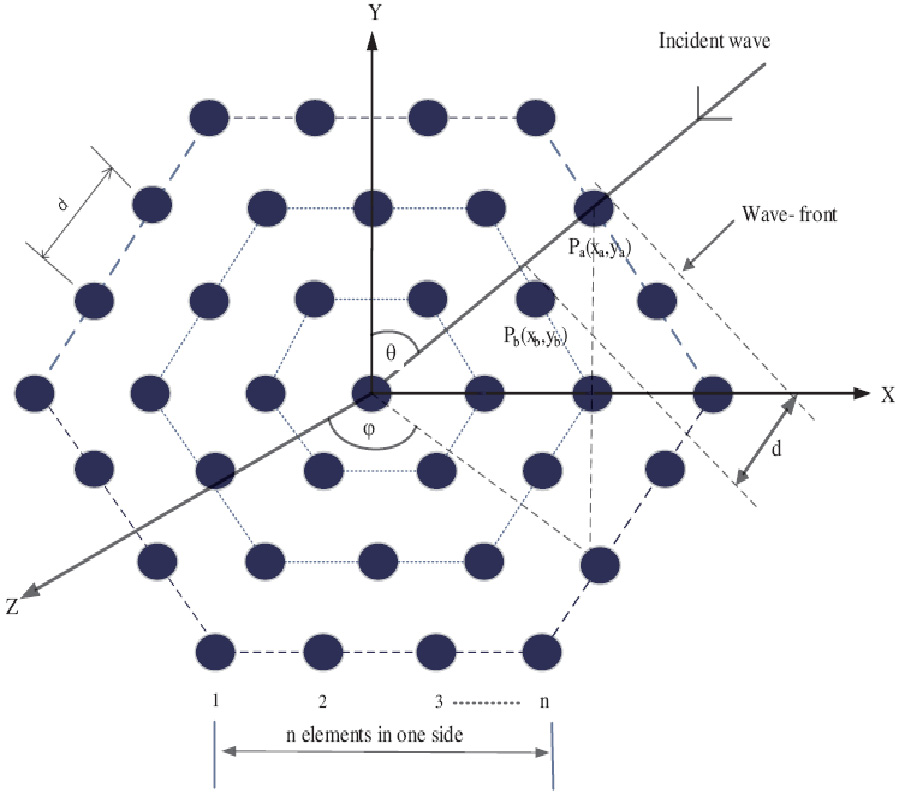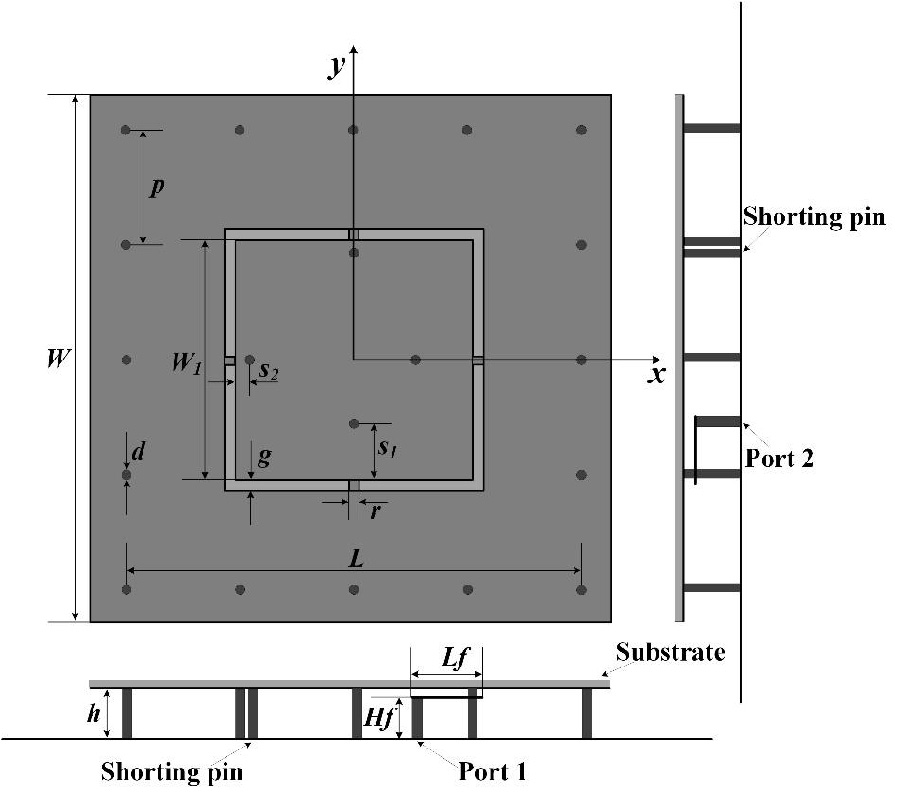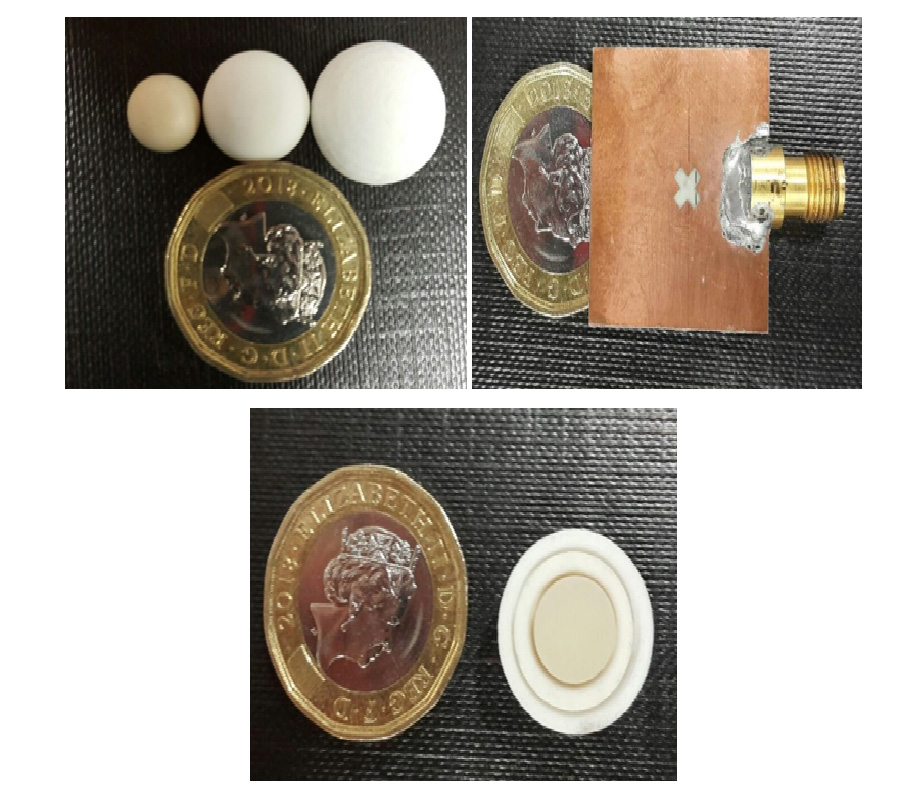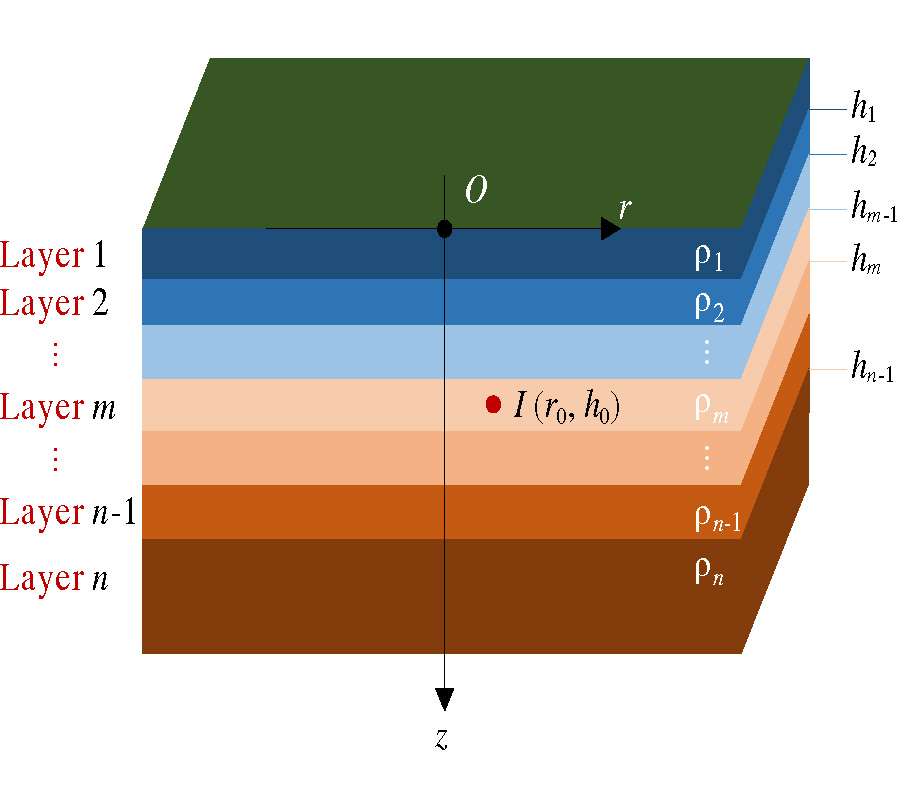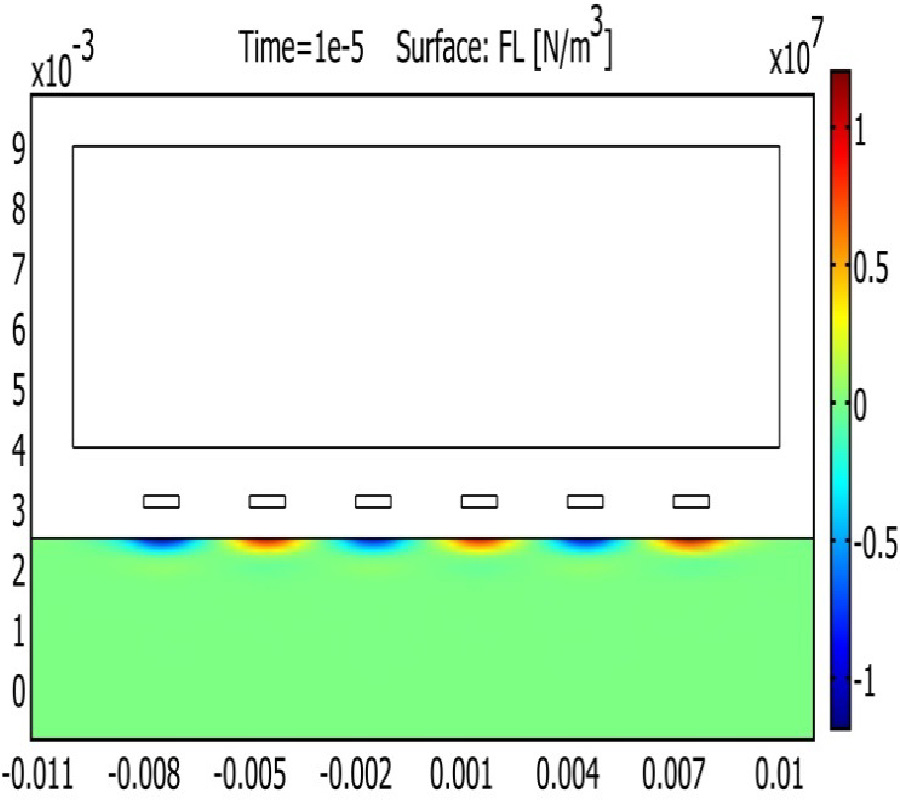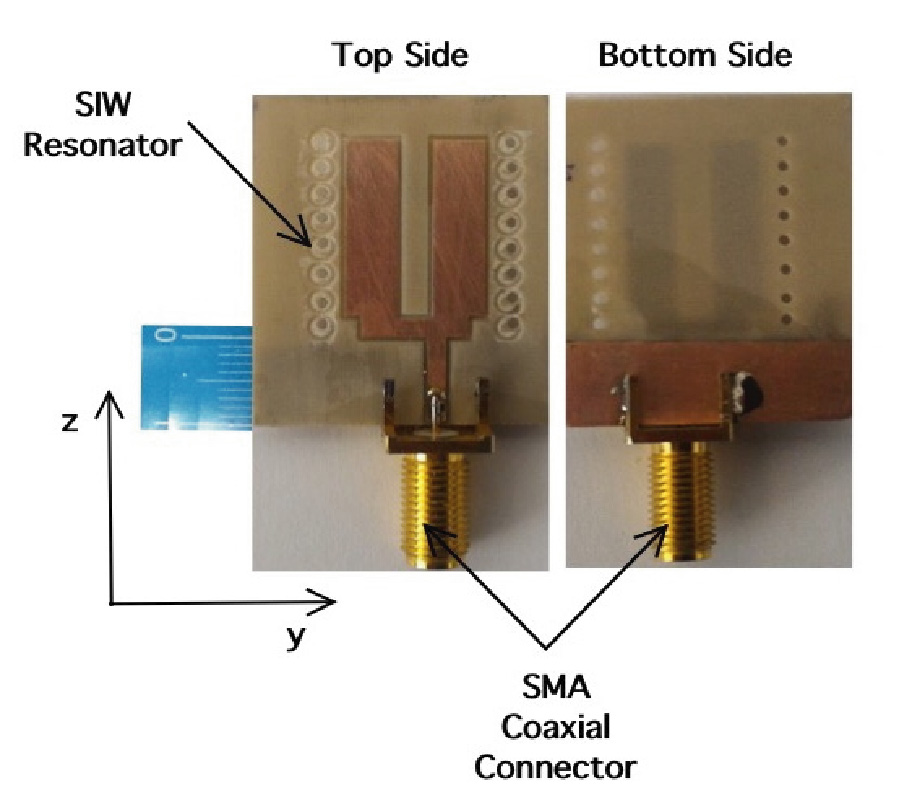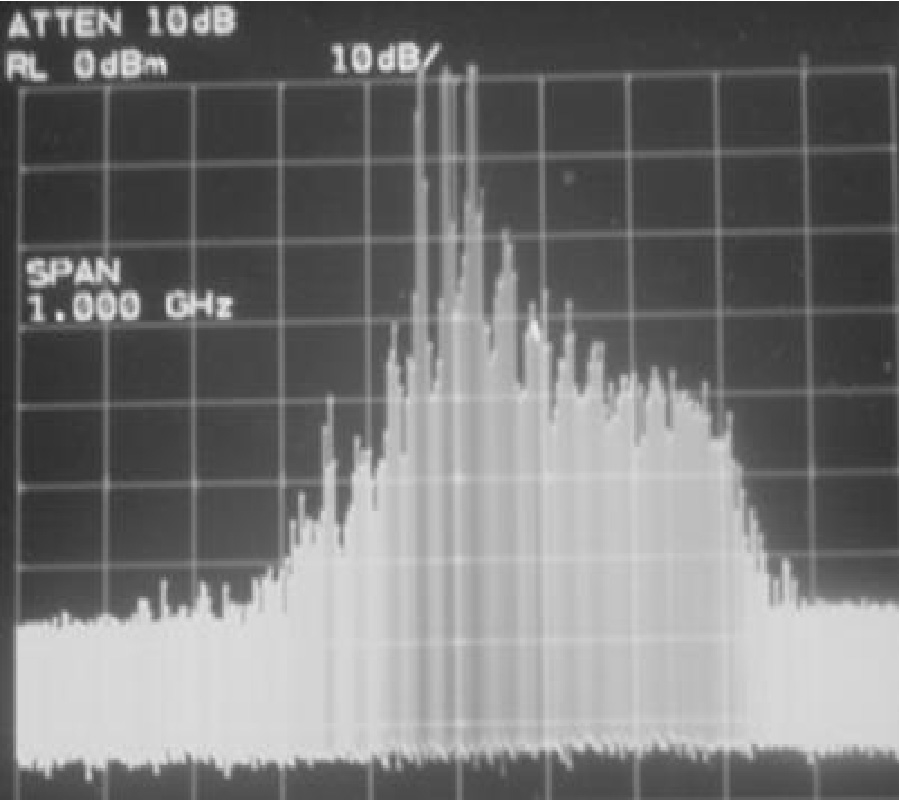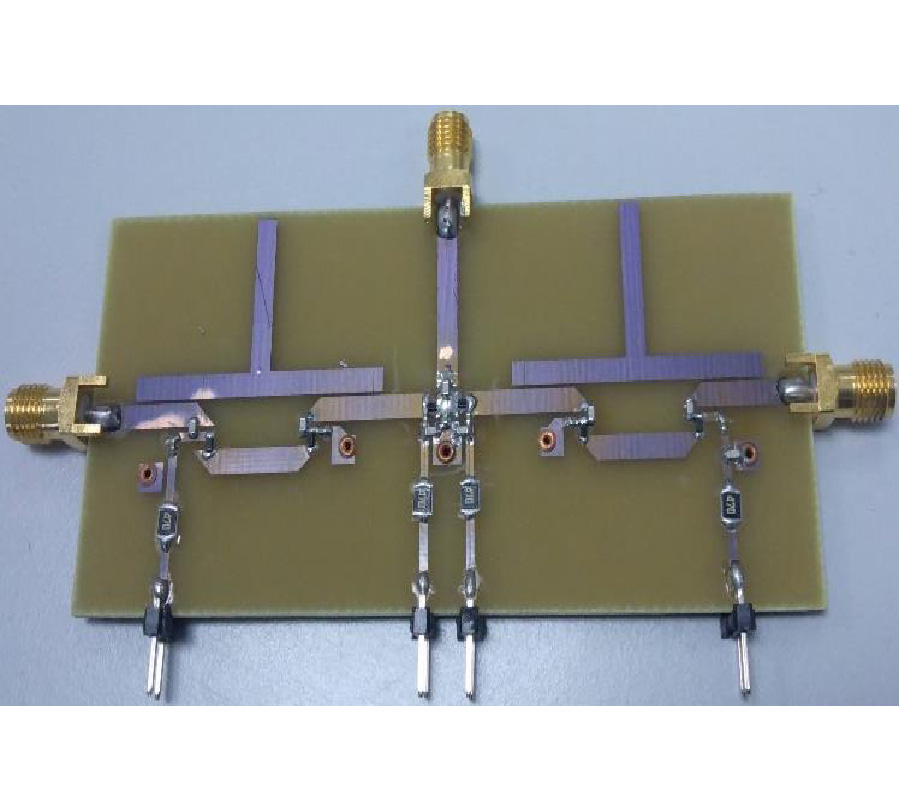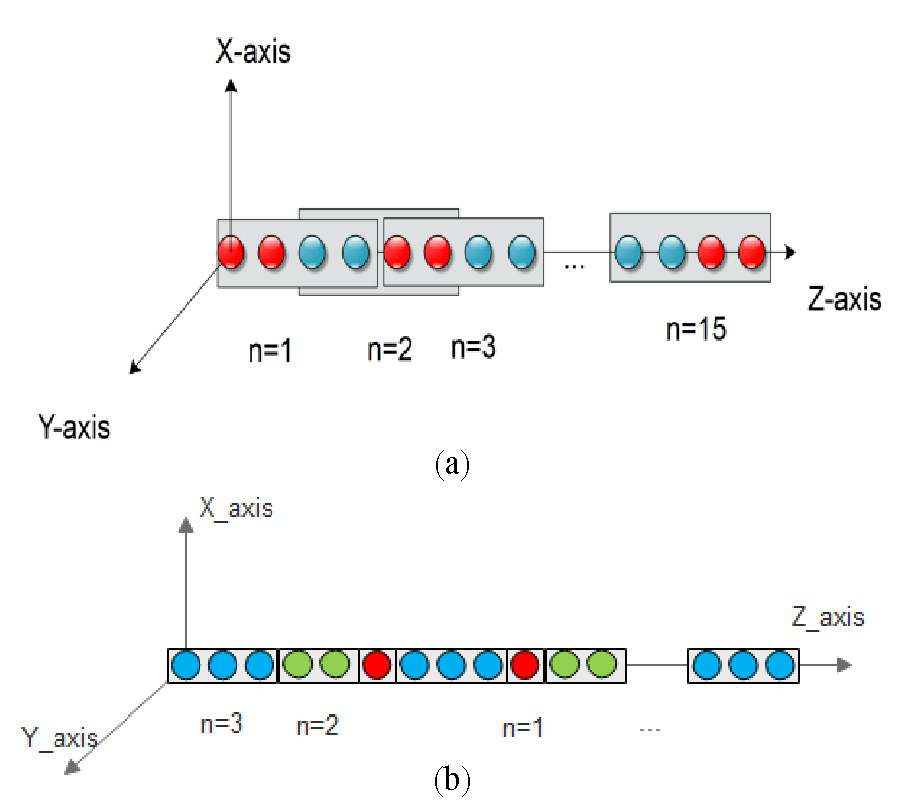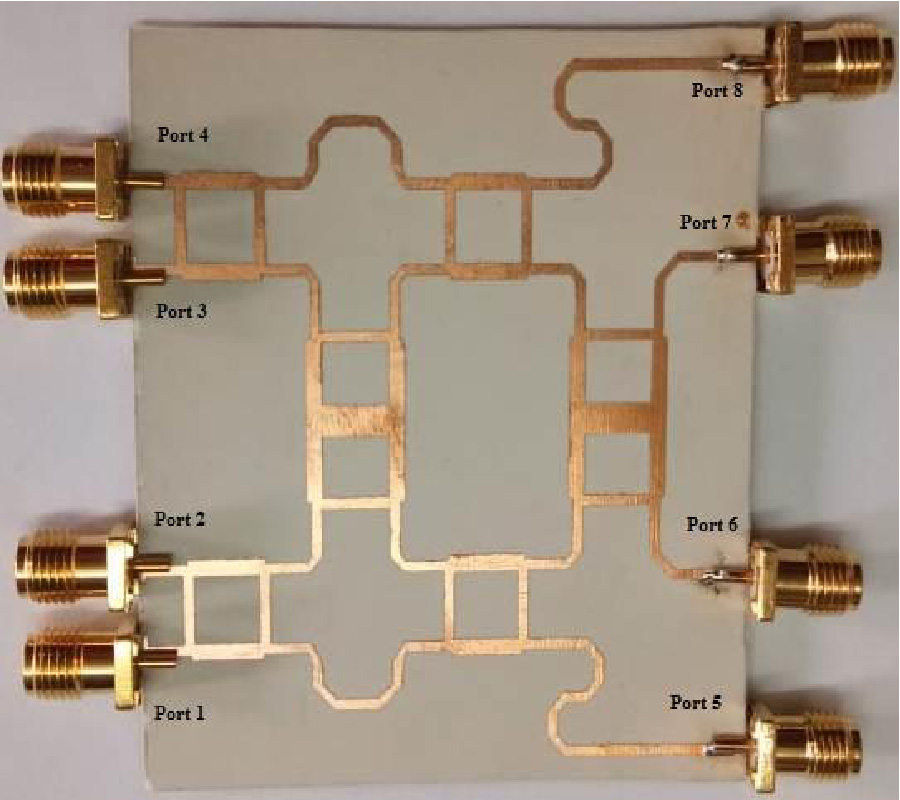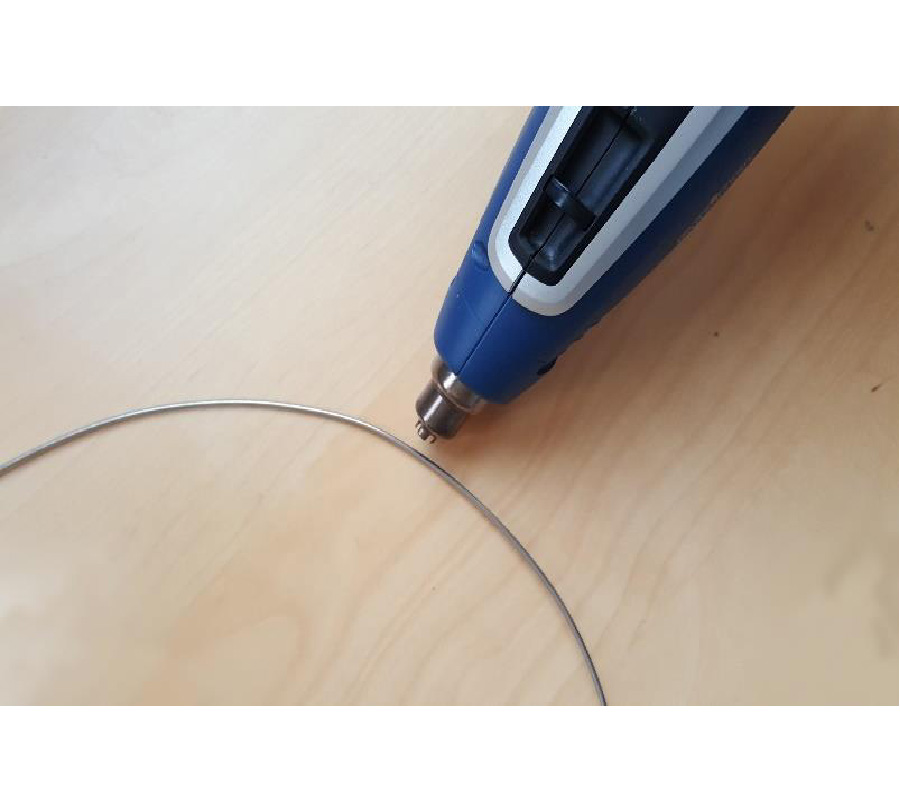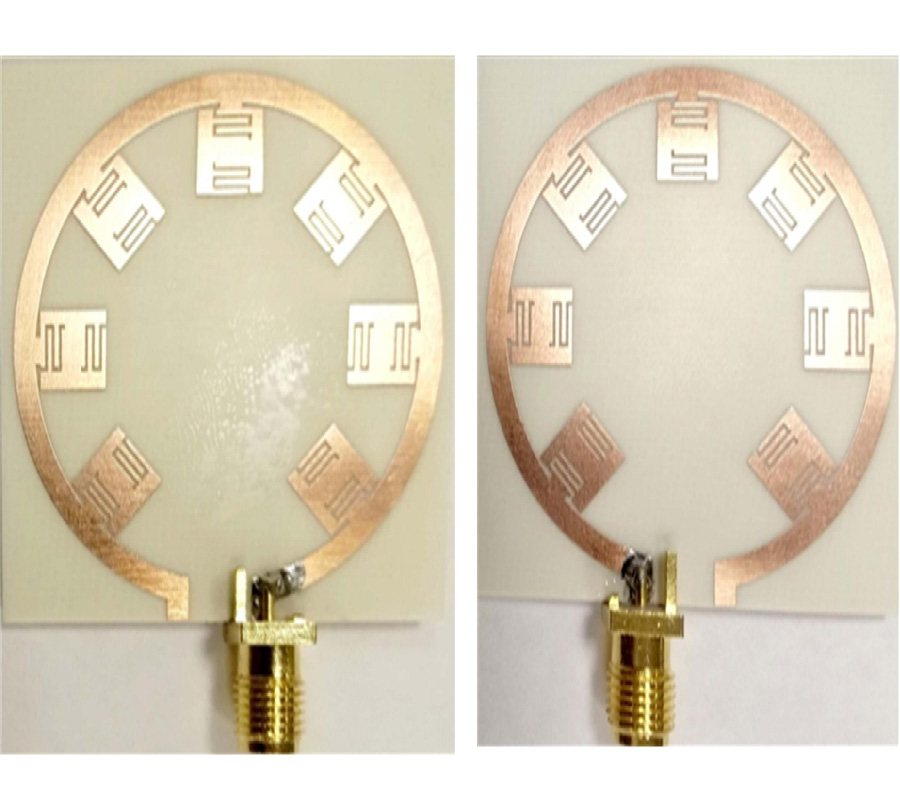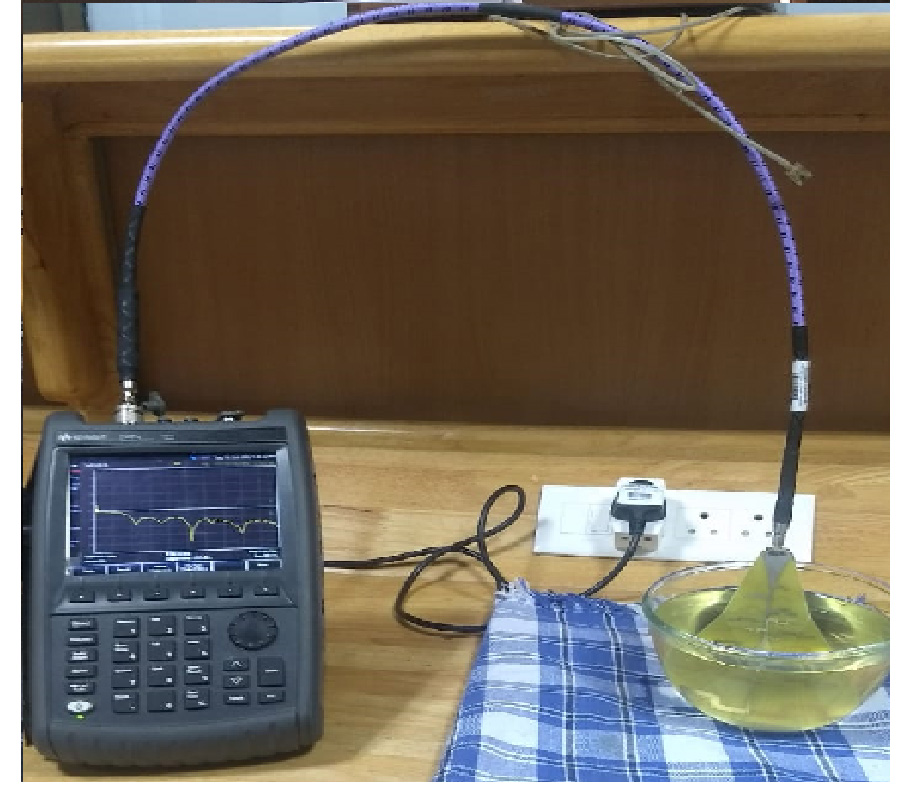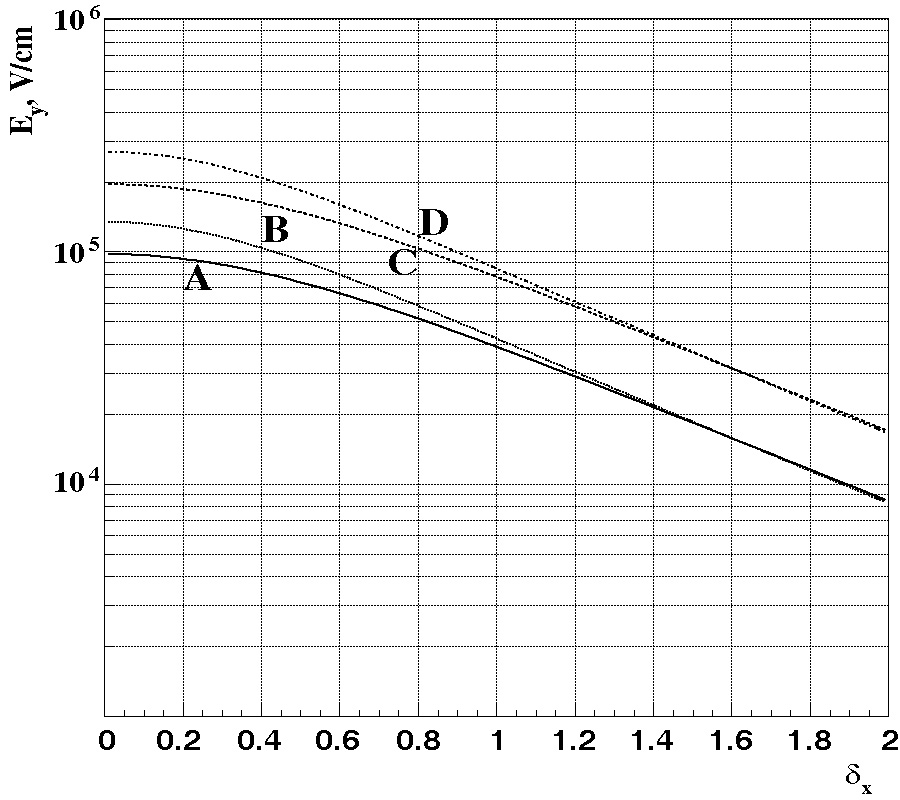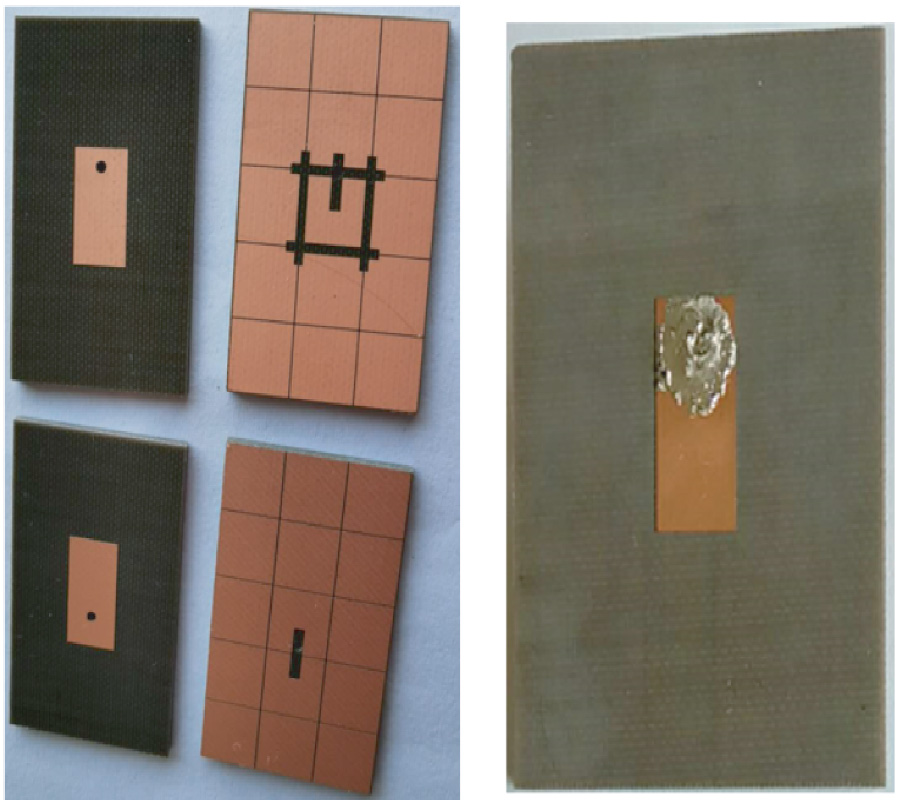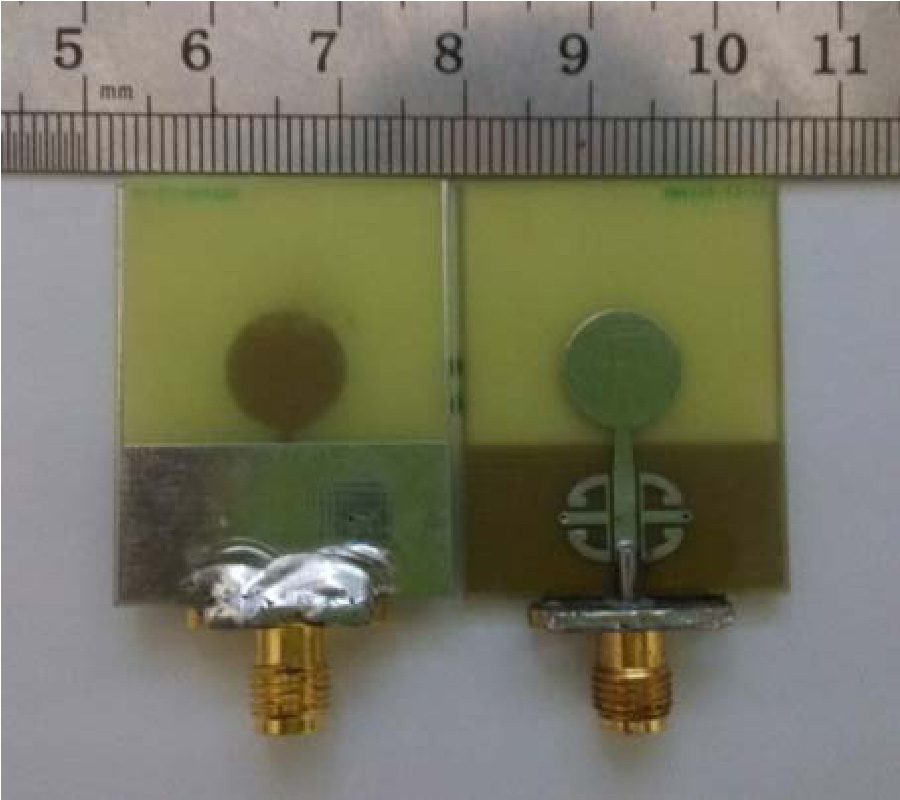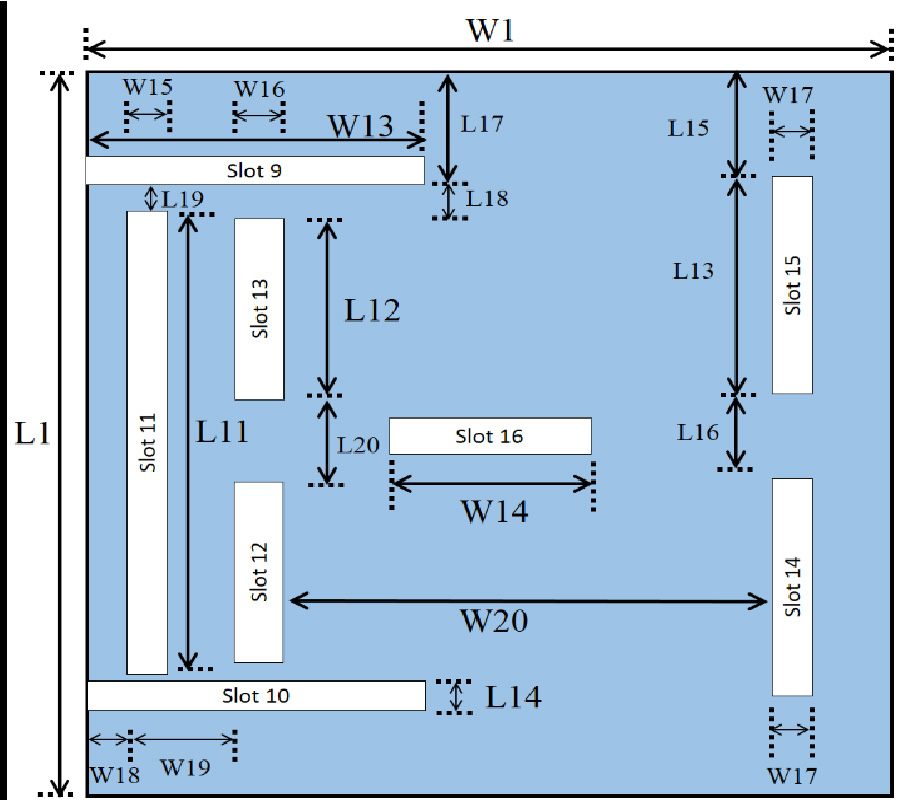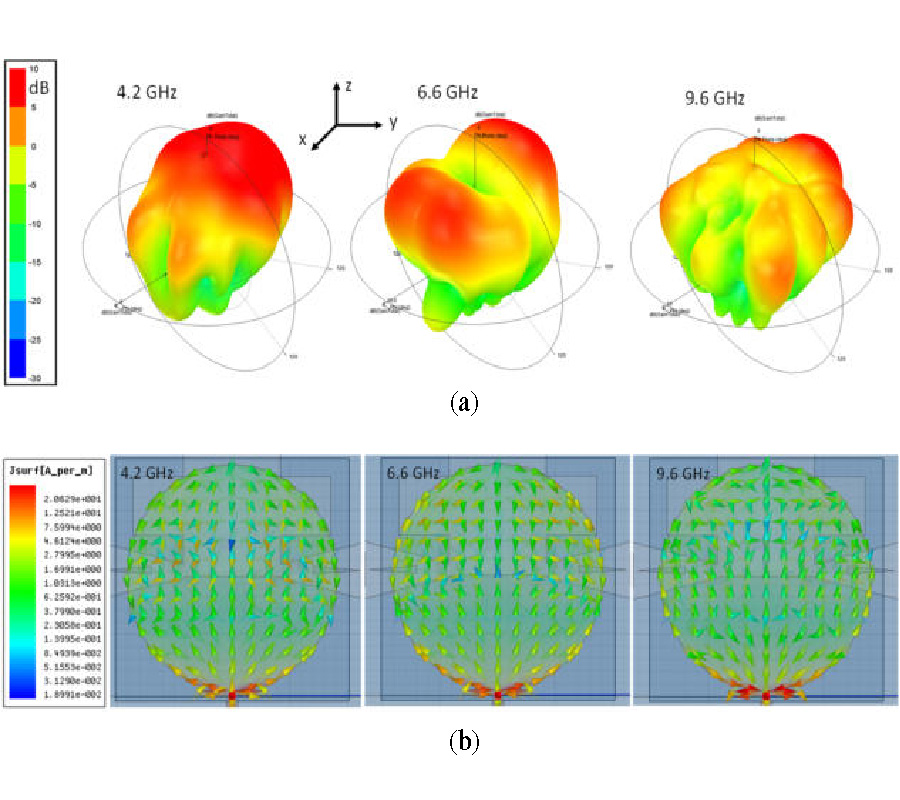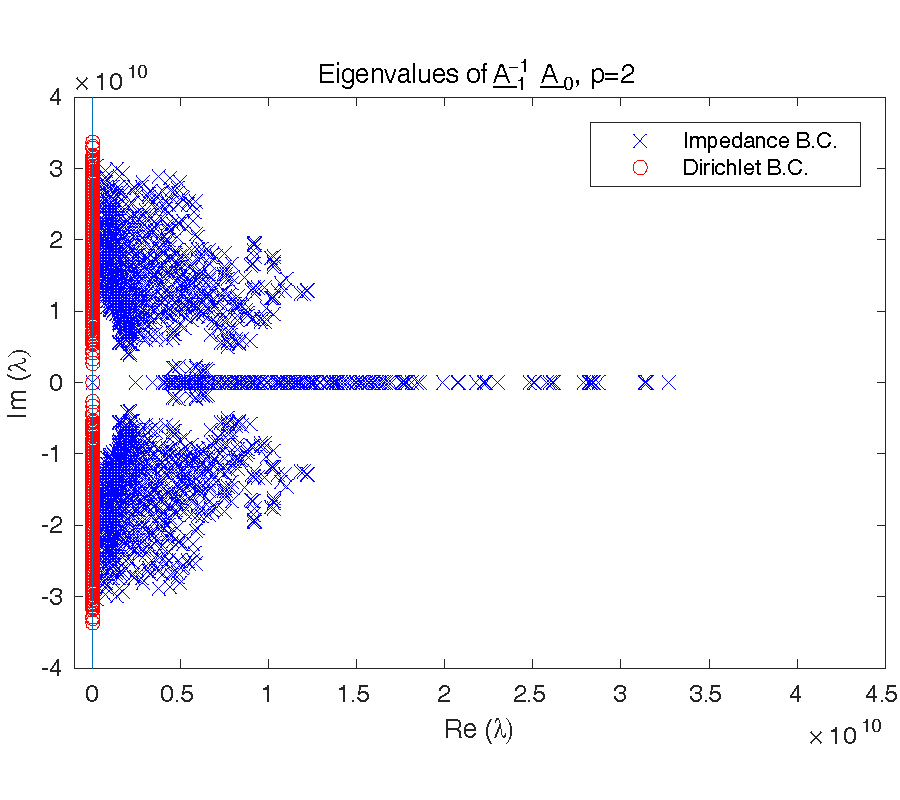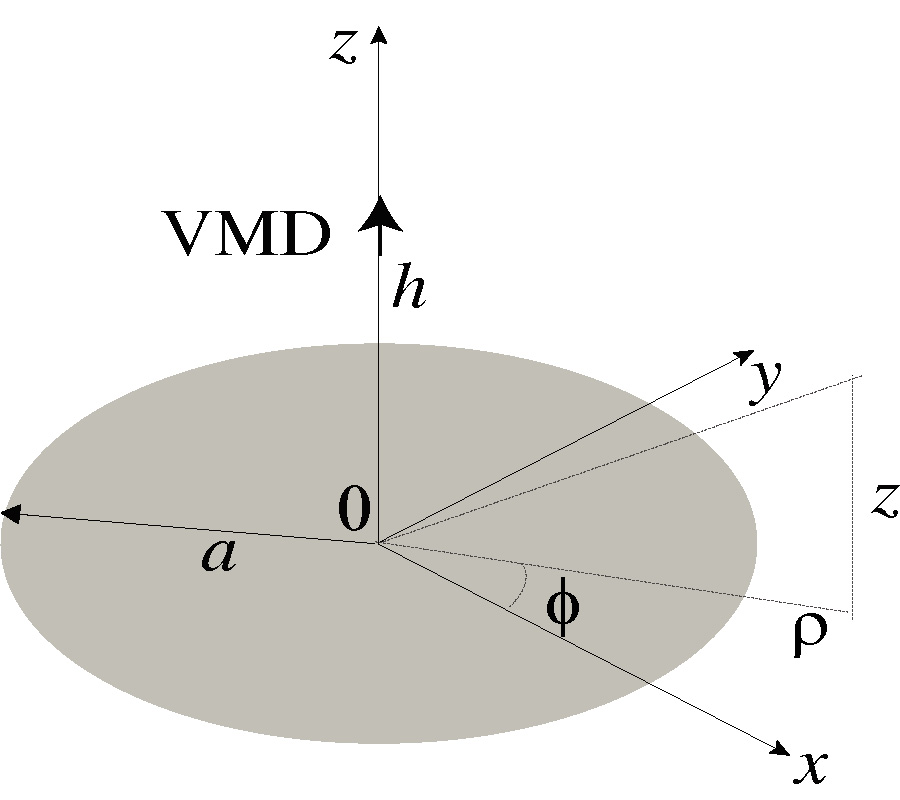Compact Tri-Band Patch Antenna for Ku Band Applications
Rajeev Kumar,
Gurpreet Singh Saini and
Daljeet Singh
A compact tri-band antenna is designed and analyzed to achieve both transmission and reception of direct broadcast service (DBS) and fixed satellite service (FSS) in Ku band. The proposed antenna design consists of a truncated E-shaped slot, eight rectangular slots, two C-shaped slots in the patch and eight defected ground structure (DGS) slots. The three frequency bands of 11.40-12.91 GHz, 13.86-14.53 GHz, and 17.20-17.86 GHz are achieved with impedance bandwidths of 12.32%, 4.73%, and 3.77% respectively. Conversely, the measured frequency bands of 11.40-12.98 GHz, 14.21-14.86 GHz, and 17.41-18.98 GHz with the impedance bandwidth of 12.70%, 4.48%, and 8.63% respectively are obtained. The simulated results of the proposed antenna are compared with the results of fabricated antenna and are found to be satisfactory for reflection coefficient, impedance bandwidth, polarization, efficiency, gain, and radiation pattern. Moreover, the proposed antenna design can be used as an element in an array configuration to achieve high gain in both transmission and reception modes of FSS and DBS.
